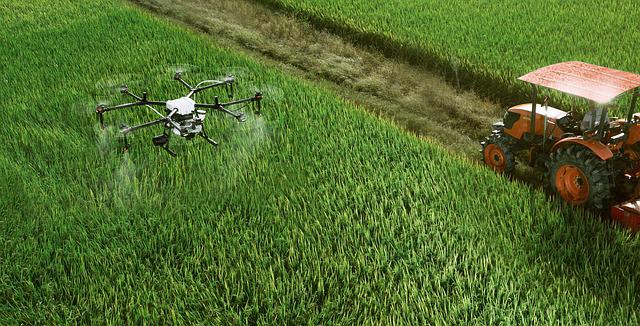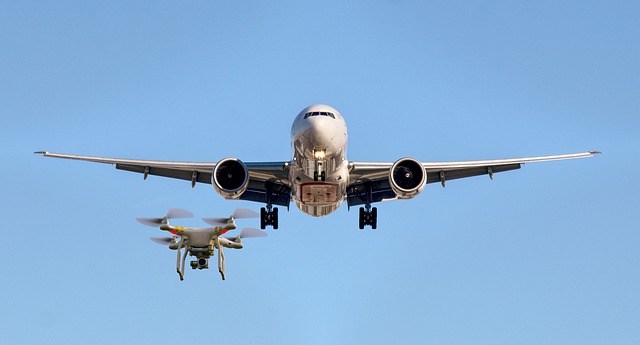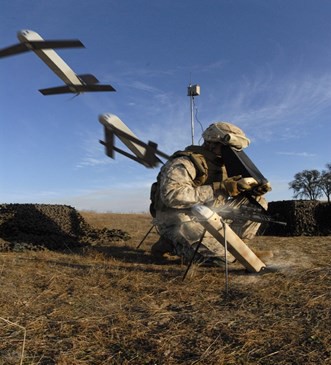
Drones may be the future of firefighting, but they're a potentially dangerous tool. Drones can interfere with firefighting operations, leading to penalties and criminal prosecution. In addition to legal implications, drone use should have practical repercussions for all parties involved. You can track drone use's impact by following the hashtag #ifyouflywecan and social media posts from various agencies.
Unauthorized drones may cause wildfires
Unauthorized drones flying over state forests have raised concerns among firefighters. They could interfere with firefighting efforts and distract firefighting tanker pilots. They may make mistakes in their flight plan and could pose a danger to firefighters on the ground. This is why drones have been banned from wildfire zone. It is important that drones are not considered a threat by law enforcement, fire fighters, or aircraft.
Firefighting aircraft often fly in turbulent, smoky conditions. Knowing other aircraft in the airspace is crucial to their safety. However, the presence of drones may compromise their safety. In some cases, drones can cause the suspension of air operations. This can reduce the effectiveness and efficiency of wildfire suppression efforts. Drones can also be used in emergencies such as forest fires.
Drones flying high above fires for many days cruise in high-altitude airspace
Drones at high altitude could hover above wildfires, sending back photos and videos. This would allow firefighters to see the location of the fires, their speed and duration. These drones could be used after sunset to assist firefighters who are still grounded because they can be remotely controlled. Such technology could save lives in the near future.

In the future, advanced drones could be used to swarm wildfires. There they will exchange information with the firefighter teams on the ground and each other. This would be a huge help if drones were autonomous. However, that is not what they have at the moment. Drones can also do a lot more. Kelly Boyd, a drone specialist is testing this technology on wildfires of Oregon and Wyoming.
Drones are made of thermal cameras
Now, drones can be mounted with thermal cameras. These cameras offer a bird's eye view and can provide detailed information that's not possible from the ground. These drones are also useful for mopping up. Using thermal cameras can guide mop up crews to hot spots quickly. You can read on to learn why thermal cameras are essential for drones operating in wildfire conditions. Below is a list of benefits thermal cameras can bring to drones.
Thermal cameras can be invaluable in the cleanup phase of wildfires. To prevent spread of the flames, ground crews must identify hot spots along the fireline. These hot areas may be dormant and not visible from the smoke. Sometimes wind can carry away smoldering coals. Thermal imaging drones such the DJI Zenmuse 20T can identify hot spots and notify ground crews of their location to allow them to move their resources accordingly.
Drone-swarms could be the future in firefighting
UAVs can be used to help fight forest fires. But how does it work? For drone swarms to be effective, they must work together. They need to be able recharge and refill their liquid extinguishers automatically, as well as being able quickly to deploy as mobile units. They may become the future of firefighting if these systems can meet these requirements.

Global Drone Swarms for Firefighting Market report covers the key market drivers and challenges, highlighting various aspects of the industry. This report will be useful for stakeholders as it will allow them to make better decisions and promote their products. This report will serve as a guide for marketers in the development of new products. This report will also give an in-depth look at the global drones swarms for the firefighting market and identify major companies operating in this sector.
FAQ
What are the rules and regulations for drones operation?
The FAA must register your drone. You will need to submit information about your drone including its weight and size as well as operating frequency. This registration process requires that you obtain an FAA identification code.
What is the maximum height you can fly a drone with no license?
There is no restriction on the height at which you can fly a drone according to the FAA. They do require that you register your unmanned airplane system (UAS), which includes registration number, model number, weight, size and manufacturer's names, as well as other information.
Where can I buy a drone?
There are many types of drones available online. Some prefer to buy their drones from Amazon, eBay, or Walmart. Others choose to purchase their drones directly from manufacturers.
Do I need special training to fly a drone?
No, you don’t need any special training in order to fly your drone. You just need a remote-control unit and basic knowledge in flight mechanics.
Is it possible to spy on someone with a drone?
Yes, anyone can fly a drone and spy on you. It is important to be aware of drones and to avoid any areas they may fly. You should immediately call 911 if you see a drone fly around.
Statistics
- According to the multiple listing service (MLS), houses and apartments with drone photographs are up to 68 percent more likely to sell than those without pictures. (thedroneu.com)
- According to industry research from ZipRecruiter , there are 10 cities where the typical salary for a Drone Pilot job is above the national average. (dronesgator.com)
- Research and Markets predict a growth rate of 51.1% over the next five years. (thedroneu.com)
External Links
How To
How To Fly Drones For Beginners
A drone is an unmanned aerial vehicle that can be remotely controlled and used for surveillance, aerial photography, film production, research, and other hobby purposes. Drones are a technology that has been around since World War II. DJI's Phantom series of quadcopters was the first to be commercially used. Since then, there have been many different types of drones available, from beginner-friendly models like the Parrot AR Drone 2.0 to professional-grade multi-rotor craft like the DJI Mavic Pro.
There are several ways to fly a drone, including;
-
Remote control - This method uses a control device attached to your hand, which enables you to steer the drone through its flight path. There are two main types for controllers: Joysticks or On/Off switches, which can be used to control the drone's flight path.
-
Manual Control – This allows remote operation of the drone via GPS coordinates using a smartphone application. You will need to keep track of where the drone is going and follow the directions from the app.
-
Autonomous flight - The drone takes over the piloting duties. It basically flies autonomously without any human intervention. For the autonomous flight to occur, the drone must have a built-in camera and sensors capable of capturing images and data.
-
Triggered flight - This is similar to manual control except that the pilot sets up a preprogrammed route and the drone follows the route until it reaches its destination. Once the programmed route has been completed, the drone returns to the base automatically.
-
Landing Gear - Some drones come equipped with landing gear that allows them to land safely if they lose power or run out of battery during flight.
-
Goggles - Some pilots wear goggles to protect themselves from debris while operating.
-
Camera - Some drones are equipped with cameras allowing you to capture photos and videos from above.
-
Obstacles-Some drones come with obstacle avoidance devices that keep them from hitting obstructions.
-
Speed - Drones can reach speeds up to 40 mph.
-
Battery Life - Most drones last between 20 and 3 hours depending on how much power they have.
-
Range - Some drones can travel upto 30 miles depending on their models.
-
Power source – Some drones require external power sources, others require internal batteries.
-
Weight – Some drones are less than one pound, while other models can be up to four pounds.
-
Size - Drones can range in size from tiny devices that can fit in your palm to heavy crafts that weigh 50 pounds.
-
Price - From high-end models that cost thousands of dollars to low-cost options that start at $100, all drones fall under a certain price category.